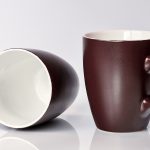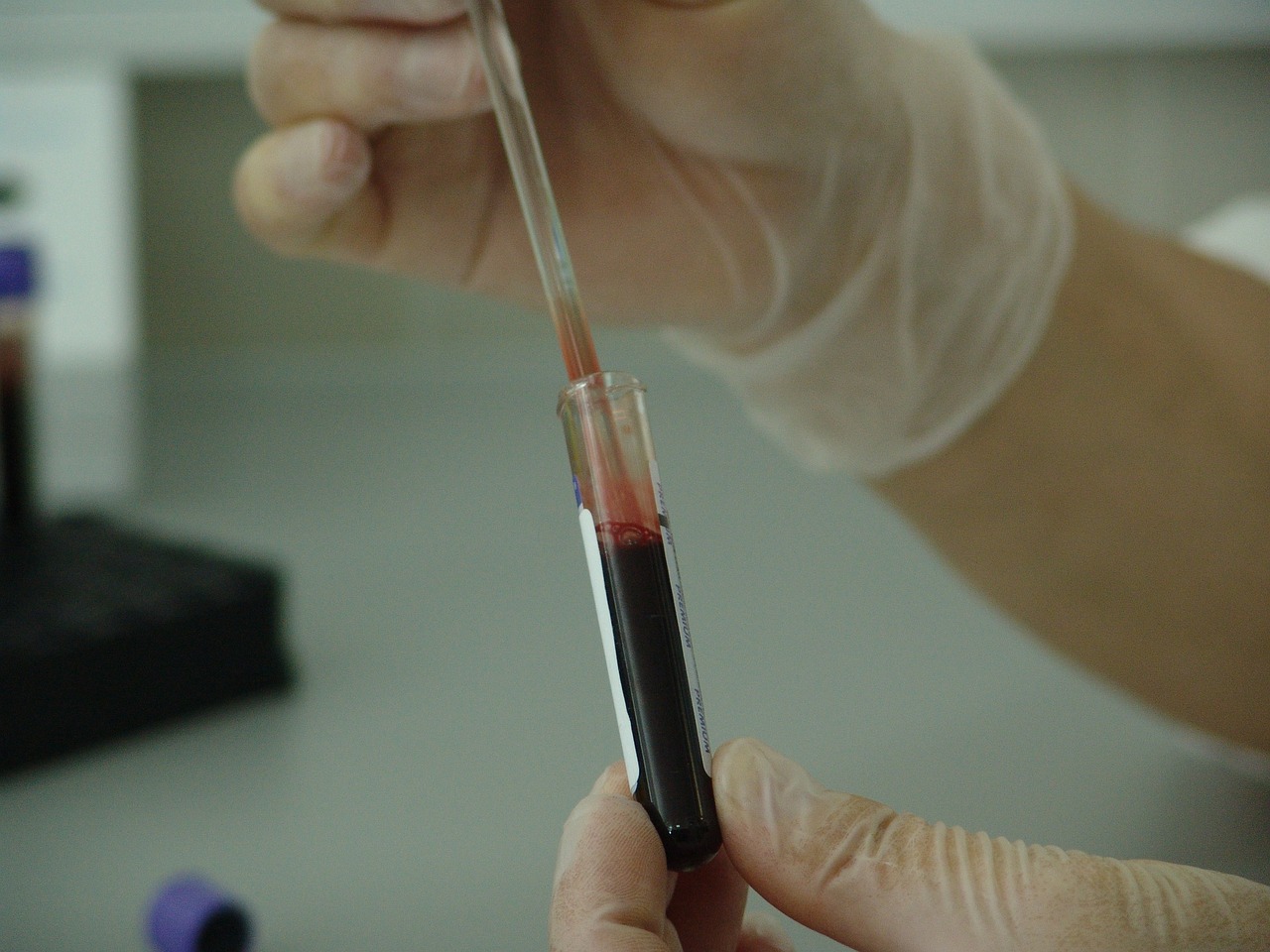A trademark registration Specimen is evidence of the bona fide use in commerce of the applied-for mark.
That quick explanation likely means little to those of you who are not trademark attorneys. However, this unhelpful definition of a Specimen connotes one of the key requirements of trademark registration in the United States.
Namely, your business or product name or logo must be used in interstate commerce to be registered as a trademark.
Again, this may still leave you scratching your head.
What is use in commerce? When is it bona fide? What exactly constitutes a Specimen? What do you do with a Specimen? And, most importantly, what is the right Specimen for your particular trademark registration application?
This Article will attempt to answer all of these questions and to leave no head, uh, scratchy.
Required: Trademarks Must Be Used In Interstate Commerce
A Specimen evidencing use in interstate commerce is required to register a trademark. This is because the US Patent and Trademark Office (USPTO) has no jurisdiction to offer the benefits of trademark registration to marks that are used only within Michigan or another state.
Under our Federalist system of government, the Federal government only has jurisdiction over interstate commercial activity. Transactions that occur within a single state like Michigan are intrastate commercial activity. Michigan, for example, would have sole jurisdiction to regulate the sale of t-shirts or potted plants at Detroit’s Eastern Market.
Obviously, there are exceptions. Some products, such as cannabis or other drugs, are illegal under Federal law, whether or not legal in Michigan or within another state. The Federal government has criminal jurisdiction over specific types of commercial activity under various provision of the US Constitution.
Short of those issues, however, the Commerce Clause of the US Constitution confines Federal jurisdiction to interstate commercial activity.
Why does this matter in trademark registration?
What Is Trademark Registration?
The question of Federal jurisdiction arises here because the USPTO is a Federal agency. The question of commercial activity arises because a trademark is, naturally, a “mark” used in “trade.” That is, it is a literal term (a word, phrase, or name) that is displayed in connection with the advertising or marketing of a product or service.
Trademark registration, therefore, is unlike, say, copyright registration. Copyright registration exists to protect your right to display or earn profit from a creative work committed to some tangible form for a fixed period of time.
With copyrights, you have the right to register your ownership just because you wrote that novel. Or rock opera. Or whatever.
This is not what trademark registration exists to do. Yes, you may have thought up your very cool craft beer or board game or rock band name—but that is not enough.
Trademark registration provides enormous protection to your brand—and enormous value to your business. However, the primary legal purpose of the US trademark registration system is protect your customers, not you. (At least, not directly.)
That is, the trademark registration system exists to ensure that consumers are not confused by misleading or deceptive products names, logos, or packaging. When someone buys a can of Coke from a convenience store, they know it was produced by the Coca Cola Bottling Company of Atlanta, Georgia—and not by some jerk in his garage in Livonia, Michigan.
They know this because the “®” Registered Trademark symbol appears on the can next to that familiar silver, cursive script wording.
Your Specimen Proves Your Use In Commerce
Okay, the use in commerce requirement described, let’s get back to the Specimen.
A “Specimen,” simply, is proof that you have achieved “use in commerce.”
You file the Specimen with your initial trademark registration application or later on, depending on the basis of your application.
There are 2 bases for trademark registration applications:
- In-Use (or “1(a)”)
- Intent-to-Use (or “1(b)”).
When you file a trademark registration application, you must select one of these 2 bases. (There are other bases available if you are registering a US trademark based on foreign use, but that is outside the scope of this Article.)
An in-use basis is appropriate when you have achieved bona fide use in commerce prior to the date of filing of your trademark registration application. Under this basis, you file the Specimen with the initial trademark registration application.
Alternatively, file your application with an intent-to-use basis when you have not achieved use in commerce quite yet.
Under this basis, you file the Specimen later in the process. You file it either when you obtain use or when the USPTO approves your application for registration, after clearing all hurdles. You will have 6 months to file a “Statement of Use” with a Specimen attached once your application is approved for registration.
This 6-month deadline can be extended up to 5 times before the application is Abandoned by the USPTO.
What Is Bona Fide Use in Commerce?
You obtain “Bona fide” use in commerce when you use the trademark in conjunction with the sale of the goods or services described in your trademark application in interstate commerce.
The sales must be “meaningful” and cannot be sham sales. That is, you cannot have your mother-in-law in Florida buy your board game and call it “use in commerce.”
Also, the number of sales you’ve made must be meaningful (although there is not set number). Finally, the trademark must appear properly in relation to the commercial use.
- For goods, the name or logo must appear on the packaging, etcetera, and must be properly manufactured (no homemade labels) as expected for the industry in question.
- For services, the mark must appear on the website, invoices, or other documentation evidencing actual means and evidence of consumer purchase.
When you use your mark in a merely promotional capacity or to simply announce a product available later, this is not use in commerce.
What Is A Good Specimen?
A good Specimen proves your use in commerce to your USPTO Examiner.
What is and what is not an acceptable Specimen differs greatly depending on the type of product or service in question.
A few examples of appropriate Specimens for specific products and services include:
- Wearing apparel: Photographs of the mark appearing on the clothing’s hang-tag;
- E-commerce store: Screenshots of the e-commerce storefront website featuring actual products for sale, the button and shopping cart and payment mechanisms for consumer purchase of those products;
- Restaurants and breweries: Menu photographs or signage photographs;
- Boardgames: Photographs of the (final) game box featuring the mark;
- Rock bands or rappers: Website screenshots featuring means of booking for live performance;
- And more.
The list of acceptable Specimens is as long as a list of the possible products or services for sale would be.
At the end of the day, the easiest way to ensure that you have obtained use in commerce and have an acceptable Specimen is to consult an experienced Michigan trademark attorney.
Ask a Michigan Trademark Lawyer About Your Specimen
The bottom line is that consulting an experienced Michigan trademark attorney is the most effective way to properly draft, file, and register your trademark.
Noble Path Trademark Law is a boutique US law practice located in Metro Detroit and assisting entrepreneurs, solopreneurs, artists, musicians, start-ups, and larger enterprises with robust intellectual property portfolios in all industries and in all states with trademark registration, trademark renewal, and Office Action refusal response matters.
We offer virtual consultations, premium customer service, and the expertise you need to maximize your odds of trademark registration, Letter of Protest, or Opposition success.






